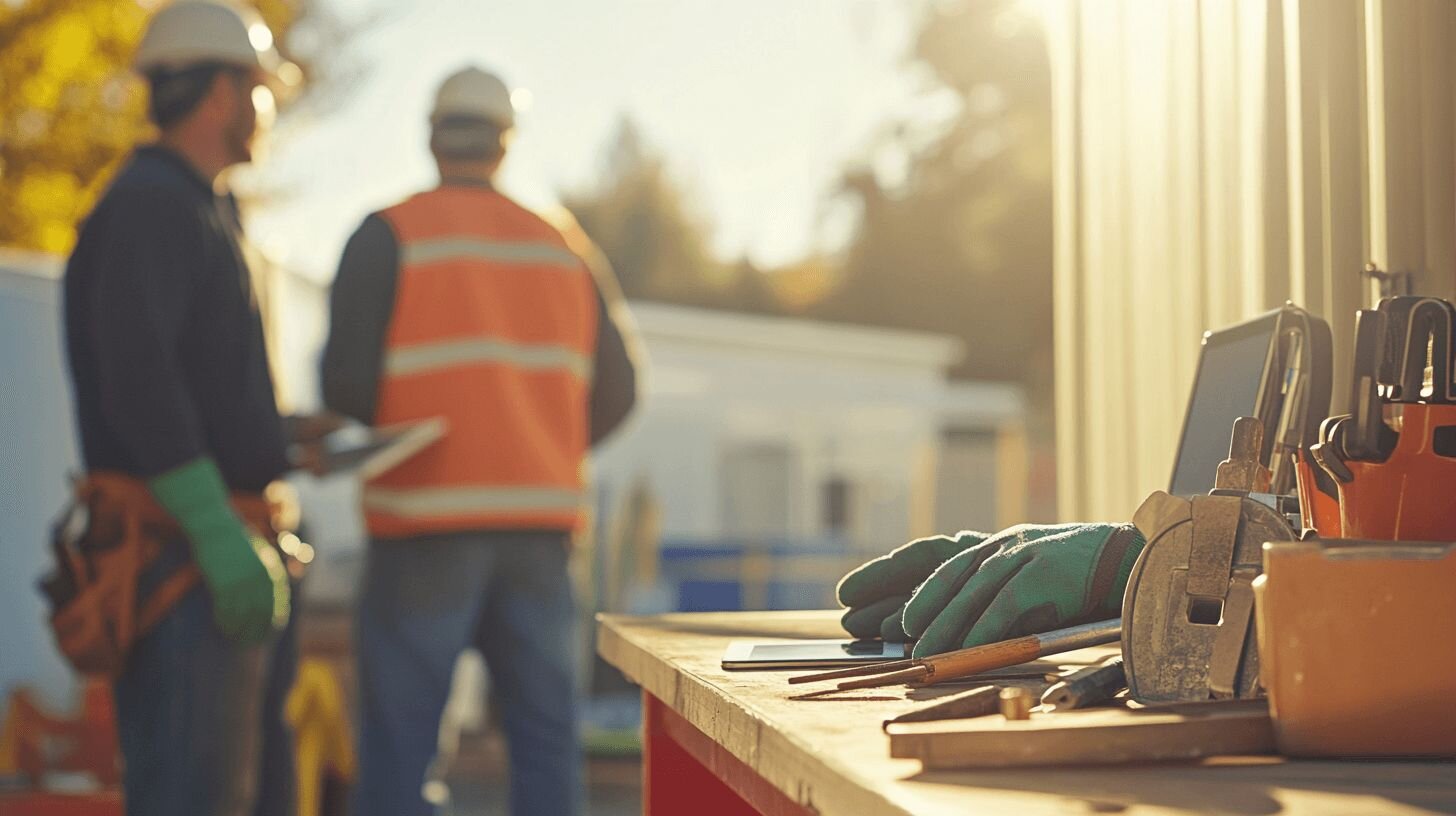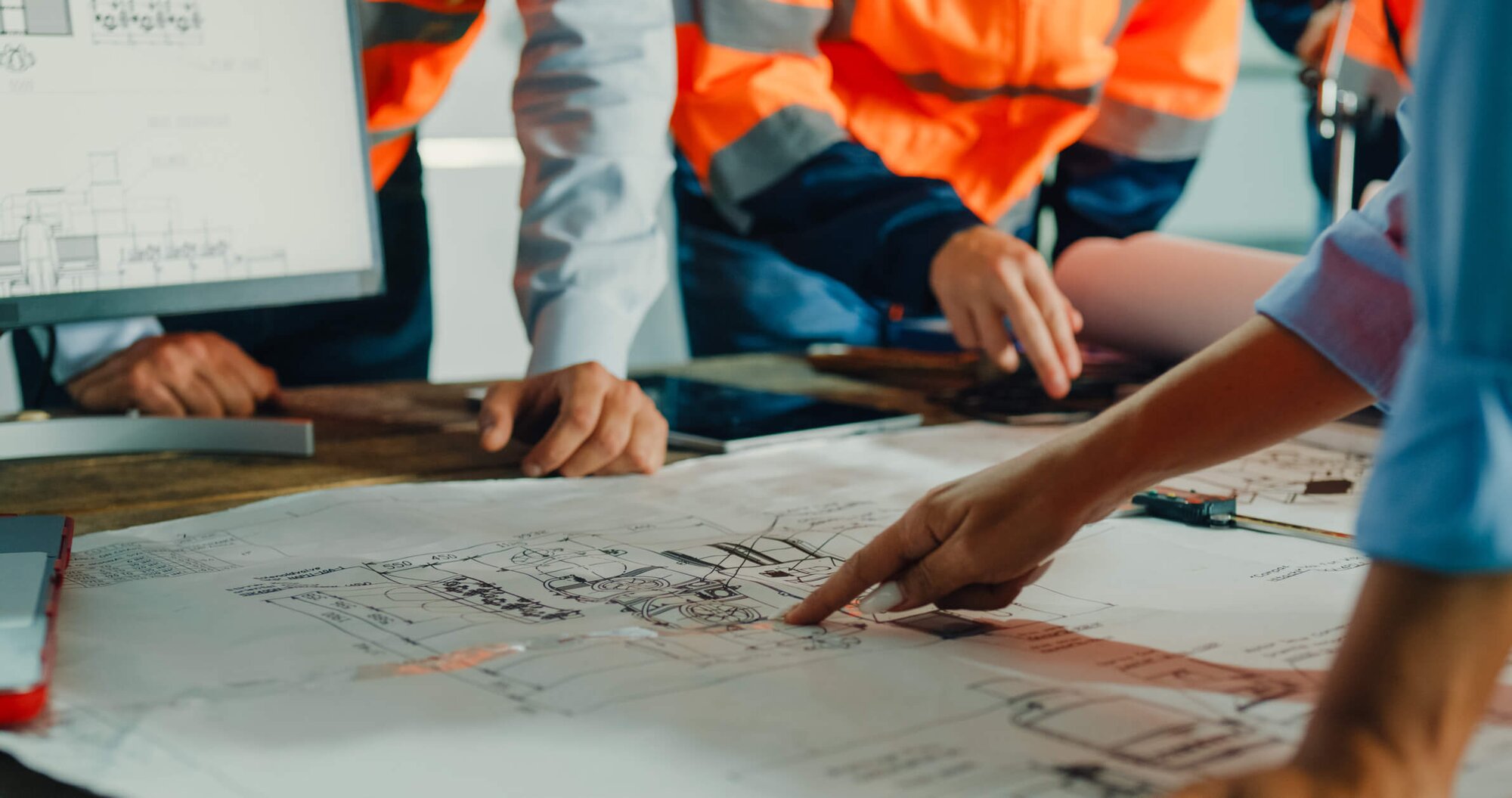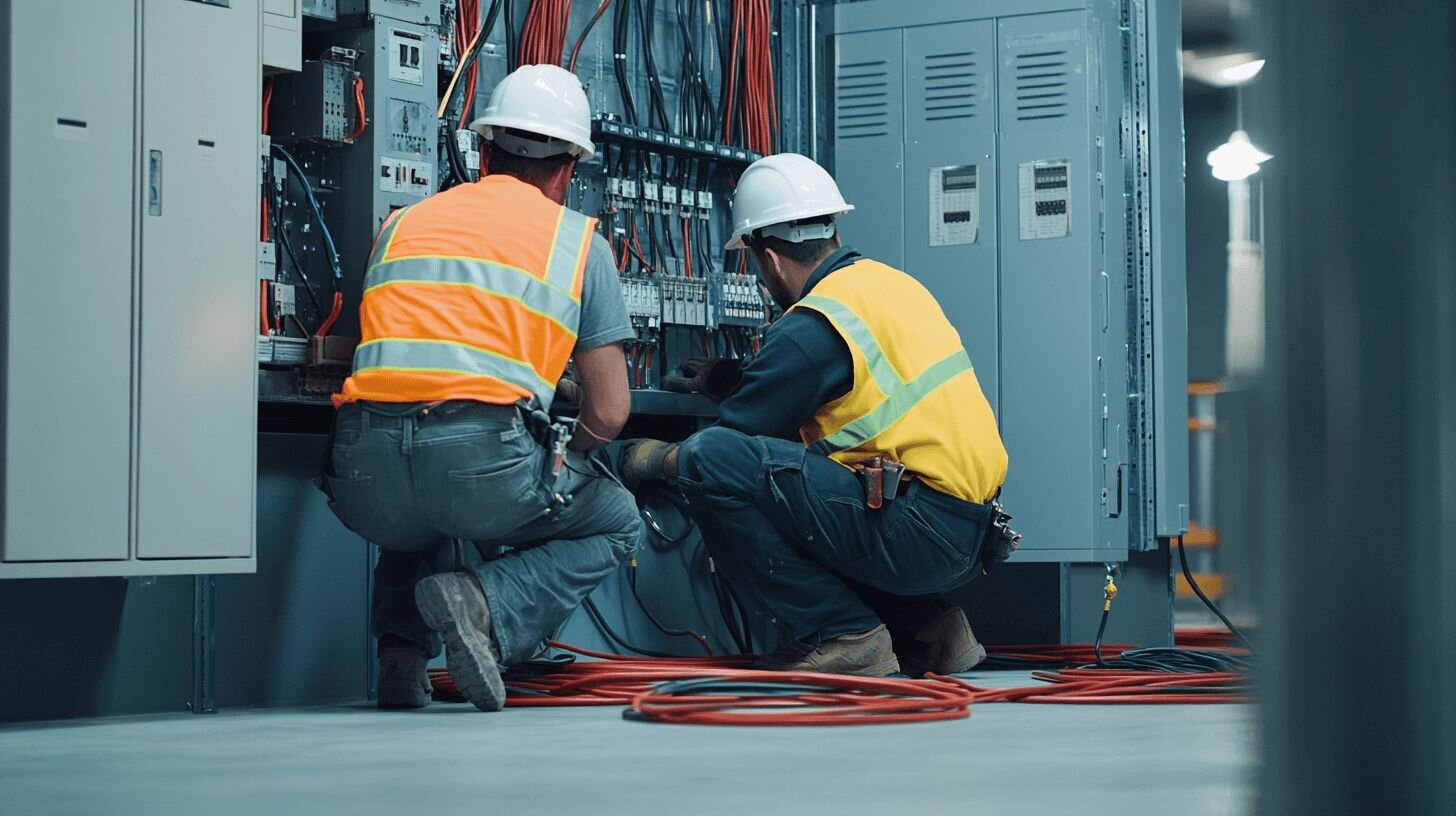Construction work comes with long hours, time away from home, physical demands, and ever-present safety risks. These take a toll on workers’ mental health, which in turn can affect productivity and performance. The problem is, the signs show up in the work, but no one’s talking about why.
Mental health is still a hard thing to talk about on the jobsite, but more workers are starting to speak up.
A 2024 survey from design-build contractor Clayco found that 54% of construction workers experienced anxiety or depression in the past year. That’s significantly higher than the 32% reported in the general U.S. adult population. The gap highlights just how heavily this industry is feeling the strain.
“We make better decisions as a construction company off of data,” Dan Lester, Clayco’s VP of Field Culture and Inclusion, said in an interview about the survey. “One of the things that’s been lacking is the data of how our people are doing. Yes, they got the job done on time, on budget and maybe even safely, but at what cost to them?”
Clayco partnered with Atomik Research to survey over 1,000 construction employees. Half were jobsite workers and half were execs. The results show a jobsite reality that too often gets overlooked: mental health struggles are real, and stigma is keeping too many people silent.
A Growing Problem, and a Growing Response
More workers are reaching out for help. The number using mental health services or taking prescribed medication climbed to 44% in 2024, up from 34% the year before. That’s a sign things are moving in the right direction.
Still, stigma runs deep. Nearly half of respondents said they felt ashamed to talk about their mental health. Even when someone knows they’re struggling, they often keep quiet. “They’re paralyzed to talk about it because of the shame and stigma associated,” Lester said.
That silence comes at a cost. In 2024, more workers reported feeling ashamed than in 2023. Even worse, 37% of male workers said they experienced retaliation for opening up.
Disconnect Between Office and Field
Another problem is the gap between what leaders think they’re providing and what crews actually know about.
According to Lester, the survey revealed about a 19% difference between what executives believe they offer in mental health support and what workers feel is available to them. Nearly half of jobsite workers said they weren’t even sure if those resources existed.
That’s a significant difference that points to a communication breakdown. Closing that gap starts with leadership making these resources clear, visible, and easy to access.
Leadership Feels the Pressure Too
One unexpected finding came from leadership roles like project executives, senior managers, and company owners.
When asked about substance misuse, including alcohol, gambling, and other vices, more leaders admitted to struggling than the tradespeople they manage.
It’s a clear reminder that stress affects every level of the job, from the field to the office.
What Contractors Can Do Right Now
Clayco responded to the numbers with action. They’ve added mental health coordinators to jobsites and require psychological safety training every year. It’s a move toward support that crews can see and use.
Lester says one thing all leaders need to do is model vulnerability. “If you’re vulnerable first, if you talk about how things are challenging to you, it gives people the license or the green light to say, ‘Oh, my leader is talking about it. They took a mental health day. It must be okay for me to take a mental health day.’”
He added, “When you model that vulnerability first, it opens the door and makes it easier for others.”
Pressure Is Part of the Job. Support Should Be Too
Some pressures in this business are hard to avoid. The hours are long. Schedules get tight. Travel takes people away from home. Even when the plan’s solid, curveballs come with the territory.
You can’t change the nature of the work. But you can change how you support the people doing it.
The good news is that support is growing. The number of workers dealing with anxiety or depression rose about 9%, but the number getting help rose right alongside it.
“We’re making progress,” Lester said. “That’s something that we can really be excited about.”



